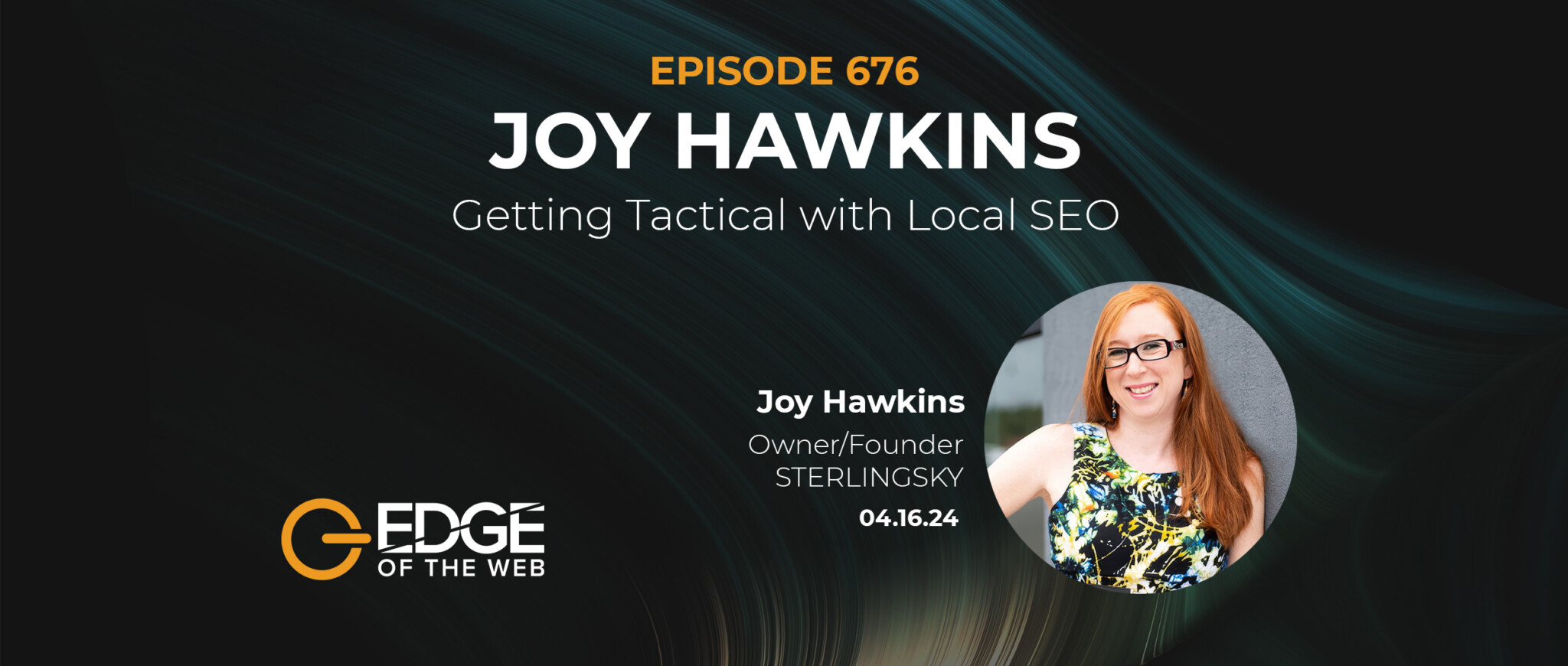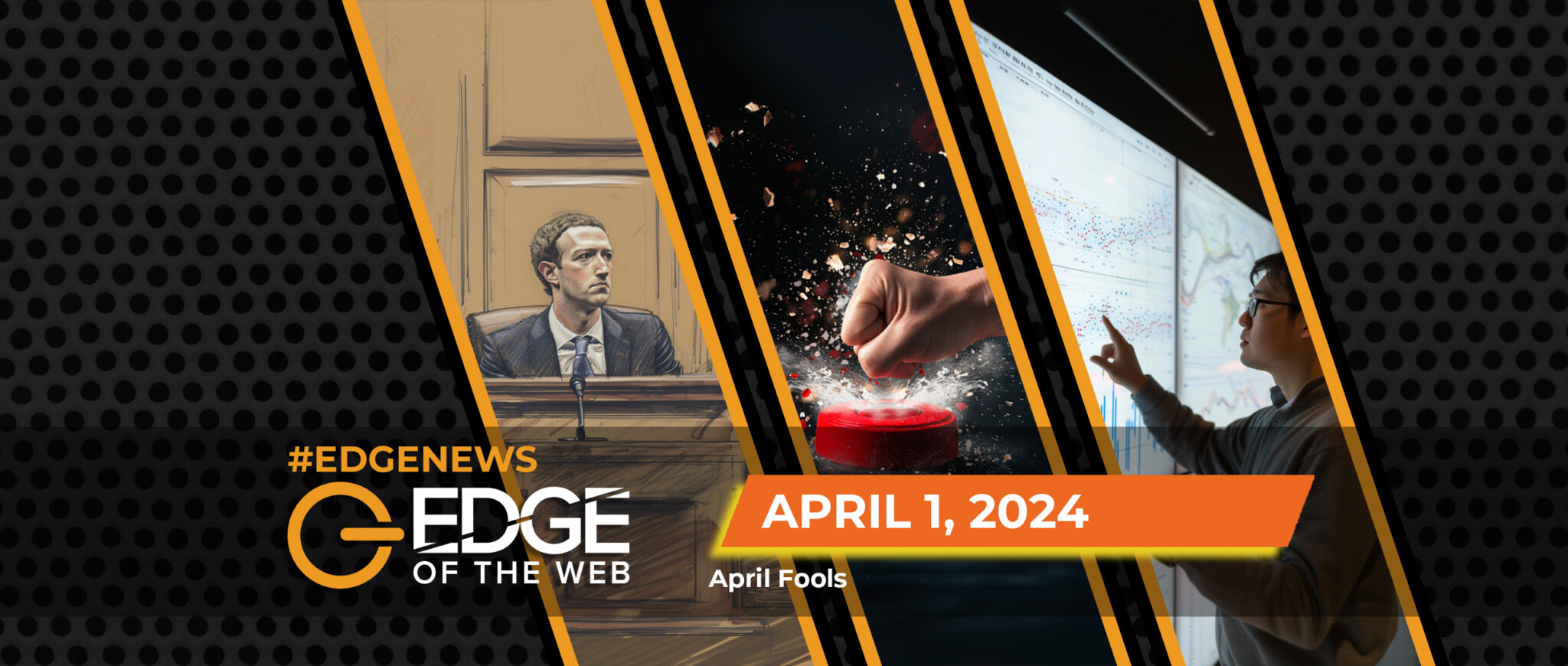Prater & Martinez are back! This time around, we talk about brand perception shifts throughout the Pandemic, inclusive marketing and how audiences are way smarter than everyone thinks.
[00:07:28] Examples that Joe and JD have seen of permanent brand perception and buying choice of consumers we’ve experienced through the pandemic
[00:14:52] How Big Tech’s efforts to flag socially offending accounts have over-reached and harmed legitimate advertisers.
[00:16:59] Are Ad platforms too hyper-sensitive?
[00:19:00] We will have more inclusive marketing in the future.
[00:23:43] Audiences are smart, passionate and the most vocal they have ever been.
[00:25:26] You can’t please everyone
[00:23:43] The world of product marketing and demand generation
Product Marketing in a Hyper-Sensitive Climate
Consumers are being more self-sufficient and embracing different digital trends. There has been a spike in the number of consumers that shop online. As people change their shopping behavior and brand preferences, they are sticking with it. Brand perception and buy perception have both changed permanently.
Changes in Consumer Behavior
Ecommerce or not, digital marketers have loosened the reigns on ad scheduling as consumers began changing their buying behavior. Some non-commerce companies were putting out Google ads on weekdays during regular business hours because more people were buying during this time. This change in consumer behavior pushes brands to get deals started earlier to keep up with all the other brands, especially with many direct-to-consumer brands.
The past year has created a different buying space. Buying became more than just transactions in some respects as consumers began looking at brand alignment. Consumers started thinking more about the brand’s messaging. For some, it became less about getting the lowest price and more about who the brand was. A lot of brands weren’t ready for that type of nuanced approach. Due to less focus on the transactional nature, it became a challenge to create a brand overnight if they hadn’t already done proper marketing messaging.
A Focus on Brand Sensitivity and the Effects on Advertising
A growing amount of advertising had to be pulled from certain types of causes and messages that had previously been overlooked surrounding certain political issues. Channels started to crack down, subsequently affecting many advertisers.
A certain brand could have nothing to do with a controversial topic, but because channels have begun more machine learning, good brands unrelated to the topics are being affected. Machine learning is not perfect in this respect, but there are too many brands out there to have a manual support team to stop the bad advertisers. This is constantly being dealt with, and machine learning was necessary to aid it.
Hypersensitivity to Brand Messaging
With channels becoming more hypersensitive to brand messaging, it becomes a question whether it’s worth getting the message out. Brands can be built on something people relate to, and while a brand can be vocal about something, if they’ve made that audience loyal, they know the audience will back them. Brands want to reflect their values and allow their customers to feel seen as well. However, some brands jump on topics just for the controversy.
Brand alignment can be difficult, and brands must tread tepidly because the consumer can process things incorrectly. If the mark of the message is missed, it can get a bad response. The hypersensitivity has also opened more doors, which will likely lead to more inclusive messaging with marketing and more ownership of messaging with brands being held more accountable.
Advertisers will be affected by this hypersensitivity. For ad platforms such as Facebook and Google, agencies must be verified as the advertising party on behalf of the brands, tie them to the brand. Advertisers will now be just as accountable for the actions and mistakes of the brand. While advertisers should be mission-aligned with brands they work with, it can be a difficult situation.
These channels and platforms are so big that it’s hard for them to control everything properly. The channel wants to do what’s right by actively blocking ads and bad accounts, but the good advertisers see the consequences.
The Audience’s Accountability
The audience is smarter, more passionate, and more vocal than ever. An audience will know if a brand is faking it, which can be detrimental for that brand. While the brand must recognize this, there is guilt to the consumer as well.
Companies are adjusting to new consumer behavior, and it’s becoming a pressure cooker. Any company that is digitally present should have a crisis management policy. But at the end of the day, you can’t please everyone, and anything can be read through the wrong lens. If a company takes a stand and says that it reflects its values and the values of the customer, then it can turn out well. Brands can also make a statement and have it benefit their bottom line when they stand with it.
The World of Product Marketing and Demand Generation
Product marketing and demand generation consume the outputs of product marketing and inject them into marketing machinery that consistently delivers content to prospects at scale. People need their stuff, and there needs to be a continual funnel of creation.
Product marketing is responsible for the product; they own the marketing strategy for that product. Part of that marketing strategy is working with the demand gen team, whether growth marketers or performance marketers, who can help build the creation funnel.
Demand generation teams can help find the proper messaging and content, help understand who the target audience is and should be, write ads, and help the design team. Demand generation teams now have a product marketing team that can help and lead the strategy because they’re the ones that are on the line for the success of the product.
If you don’t have a mature product marketing team, you cannot meet the consumers. Product needs have changed, consumption has changed, and alignment has changed. If product marketing does not recognize these other dimensions, it won’t meet the new dimensions in the future.
Product marketing was responsible for knowing the product and the audience; now, it needs to help the marketing team, sales team, and customer success team succeed. The demand gen team could be generating leads; then, the sales team is closing those leads. The success team needs to be creating FAQs while the demand gen team is sitting in the middle of these three teams.
The key is to look at the entire landscape instead of just looking at what the ad platforms are doing. More diverse eyes on content will help the marketer make the ad better to help it resonate with a broader scope of consumers.

























